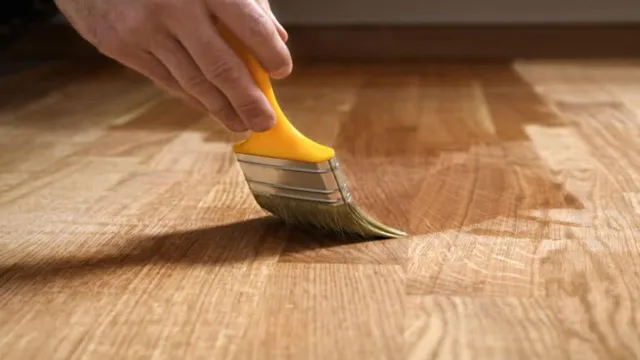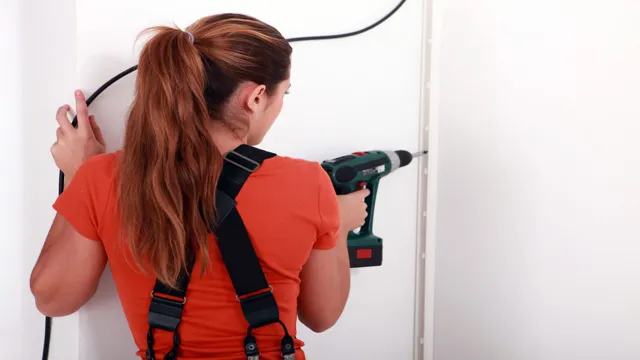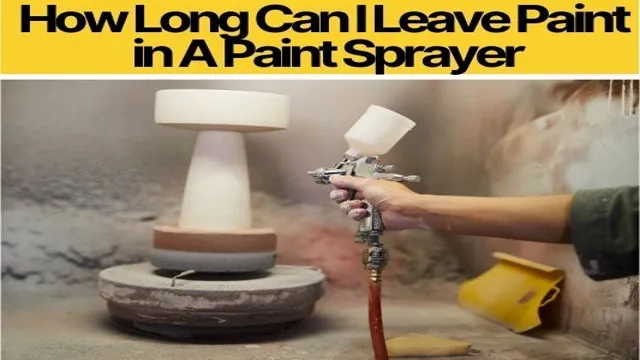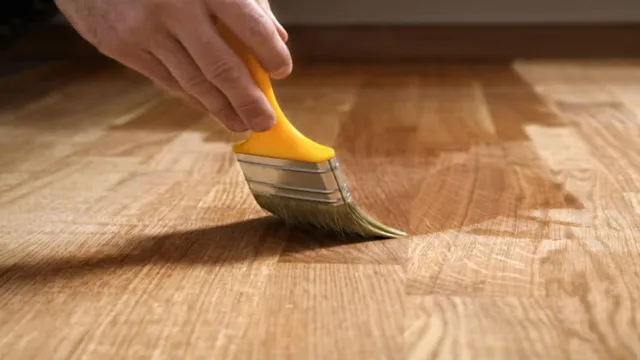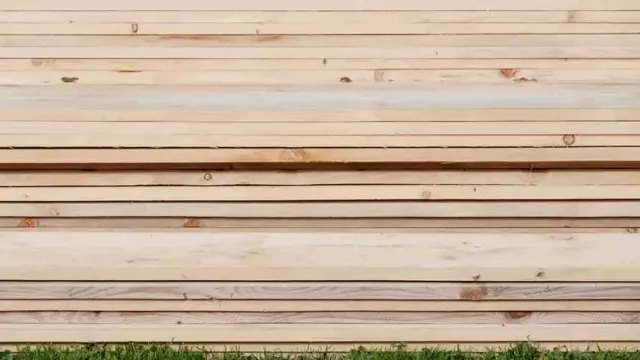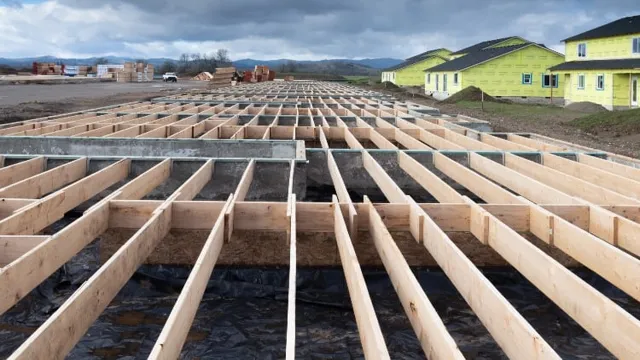How to Cut Railroad Ties: The Ultimate Guide to Ensure Safe and Accurate Cuts
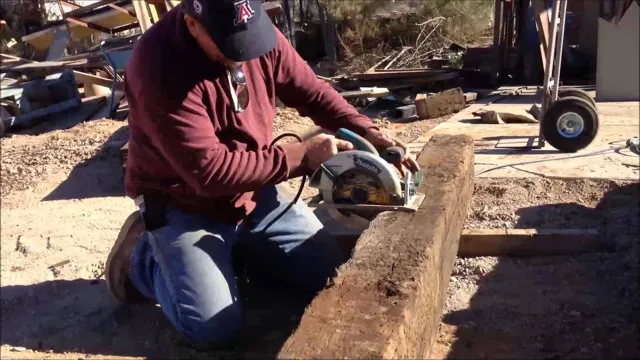
Have you ever looked at an old railroad track and wondered where the ties came from? Railroad ties have been used for over a century to keep tracks stable and secure. But, eventually, they will wear out and need to be replaced. Cutting railroad ties can be a daunting task if you’ve never done it before, but with a little guidance, it’s a manageable job.
In this blog, we’ll discuss how to cut railroad ties so you can tackle the task with ease. From tools needed to safety precautions, we’ve got you covered. So, put on your work gloves and let’s get started!
Tools and Materials Required
Cutting railroad ties can be a tricky and daunting task, but with the right tools and materials, it can be done safely and efficiently. To cut railroad ties, you will need a circular saw with a carbide-tipped blade that is specifically designed for heavy-duty cutting. Additionally, you will need safety equipment such as goggles and gloves to protect yourself from flying debris.
It is important to note that railroad ties are often coated with creosote, which can be harmful if ingested or inhaled, so it is advisable to wear a mask as well. When cutting, it is best to work on a flat surface or support the tie on sawhorses to prevent it from shifting during the process. Always double-check that the saw blade is properly adjusted and that the tie is securely in place before beginning the cut.
By following these steps and using the appropriate tools and safety measures, you can safely and effectively cut railroad ties to meet your specific needs.
Circular Saw vs Chainsaw
When comparing a circular saw and a chainsaw, it’s important to consider both the tools and materials required for each. A circular saw is typically used for cutting wood, and requires a suitable blade and stable surface to work on. The type of blade chosen will depend on the type of wood being cut, and it’s important to ensure it is securely attached before using.
In contrast, a chainsaw is better suited for cutting trees and other larger pieces of wood. Chainsaws are heavier and require more upper body strength to use effectively, as well as a good grip on the handlebars. It’s also important to ensure the chainsaw blade is sharpened and properly lubricated before use, to prevent accidents and ensure a clean cut.
Overall, while both circular saws and chainsaws have their strengths, understanding the specific requirements for each can help you determine which one is best for your needs.
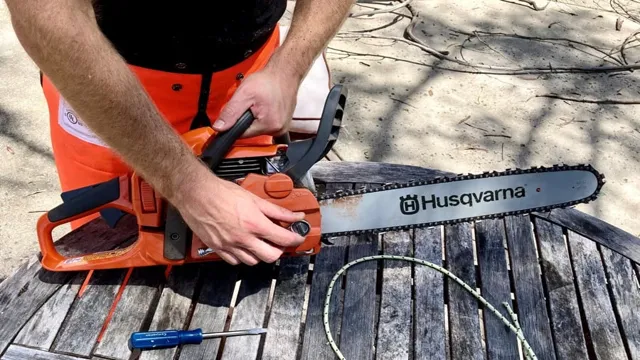
Eye and Ear Protection
Eye and ear protection is an important aspect of maintaining proper workplace safety. To ensure that you stay safe during your DIY projects or at work, you will need certain tools and materials. For eye protection, safety glasses or goggles are a must-have.
They protect your eyes from flying debris, harmful chemicals or sparks that can cause permanent eye damage. When it comes to ear protection, earplugs or earmuffs can be used to protect your ears from loud noises. These noises emanate from machines, tools, or any other loud equipment used in the workplace.
Therefore, it is essential to use these materials to prevent permanent hearing damage. Some companies even provide them for their employees to ensure their full compliance. With these tools in place, you can work with peace of mind, knowing that you are well protected and safe from any potential hazards.
Whether you are a professional or a novice DIY enthusiast, eye and ear protection should never be overlooked. So ensure you have the right tools and materials to keep your ears and eyes safe during your work.
Step-by-Step Procedure
Cutting railroad ties can be a challenging task, especially if you’re not sure how to do it. However, with the right tools and a little bit of patience, it’s definitely doable. The first step is to gather the necessary equipment.
You’ll need a circular saw with a diamond blade, a measuring tape, and a pencil. Once you have your equipment ready, mark the length you want to cut the tie with your measuring tape and pencil. Make sure to measure twice to avoid any mistakes.
Then, set your saw blade to the correct height and begin to make your cuts. It’s important to wear protective gear such as gloves, long pants, and safety glasses throughout the cutting process. Saw slowly along the marked line making multiple passes, repositioning the blade as needed, until you completely cut through the tie.
Be cautious when cutting to avoid any kickbacks from the saw. Remember, practice makes perfect, and once you’ve done it a few times, cutting railroad ties will become second nature.
Marking the Cut
When it comes to woodworking, marking the cut is an essential step that must be done correctly for accurate results. It involves making precise markings on the material to indicate where to cut without damaging or removing too much of the material. The first step in marking the cut is to measure the desired length accurately using a measuring tape or ruler.
Afterward, a pencil or a marking knife is used to score along the marked line. The purpose of scoring is to create a shallow cut that will guide the saw or cutting tool when making the cut. It’s essential to ensure that the marking is visible and clear, especially when cutting thin materials or intricate shapes.
By marking the cut correctly, you’ll reduce the risk of errors, ensuring that the final product is of high quality.
Cutting the Tie
Cutting the tie is a defining moment in any man’s life. It marks the transition from boyhood to manhood and symbolizes a break with the past. However, many men are hesitant to cut the tie, fearing that it may come with certain repercussions.
If you are one of those who are contemplating cutting the tie and want to know the step-by-step procedure, then keep reading. First, make sure that you have a good pair of scissors. Then, decide where you want to cut the tie.
We suggest cutting it about 3 inches above the knot. Hold the scissors at a slight angle and make a clean cut. You may feel a sense of liberation now that you have cut the tie, but there may be a few things to deal with, such as the loose ends that will need to be trimmed, and the fact that you now have to find a new tie to wear.
Congratulations, you have successfully cut the tie and taken a step towards adulthood!
Smoothing the Cut Edges
If you’ve ever cut fabrics or paper, you’ll know that the edges of your cutout can often turn out jagged or uneven. This can be frustrating when you’re trying to create a smooth and professional finish for your project, but don’t worry – there is a simple solution! Enter the process of smoothing the cut edges. To start, you’ll need to gather some sandpaper of varying grits, and begin by using the roughest one to sand the edges of your cutout.
As you progress, work your way up to finer grits of sandpaper until your edges are completely smooth. You can also use a specialized tool like a rotary cutter or a pair of pinking shears to create a zigzag edge that doesn’t fray. With a little bit of practice, you’ll master the art of perfect edges and be amazed at the difference it makes to your finished product.
So next time you’re crafting, don’t be intimidated by rough edges – with this simple process, you can have perfectly smooth cuts every time!
Safety Precautions
Cutting railroad ties may seem like a simple task, but safety precautions must be taken before starting. Firstly, make sure to wear protective gear such as gloves, safety glasses, and ear plugs as cutting through the thick wood can produce flying debris. Secondly, use a chainsaw that is sharp and equipped with a new chain to avoid any accidents.
Always make sure the machine is working properly before beginning to cut. Thirdly, choose a safe and stable working area free of any obstacles or hazards. It is also important to have someone present in case of emergency.
Lastly, keep the railroad ties secured to prevent them from moving during the cutting process. By taking these safety precautions, cutting railroad ties can be done efficiently, effectively, and most importantly, safely.
Proper Handling and Storage of Tools
As important as tools are to any handyman or repairman, safety should always be a top priority. Proper handling and storage of tools can prevent serious injuries or accidents from happening. Before starting any project, it is important to inspect all tools for damage or wear and tear.
Wearing appropriate protective gear, such as gloves or goggles, can also minimize the risk of injury. When it comes to storage, tools should be kept in a dry and secure place, away from any potential hazards like water or extreme heat. Additionally, sharp and pointed tools should be stored separately in a designated container.
By following these simple safety precautions, you can ensure that your tools remain in good condition and are ready for use when you need them.
Proper Disposal of Waste Material
When it comes to proper waste disposal, safety should always be a top priority. Not only does this protect you and those around you, but it also prevents harm to the environment. One important safety precaution when dealing with hazardous waste is wearing appropriate protective gear such as gloves, goggles, and masks.
These should be disposed of properly as well, not just thrown in with regular waste. Additionally, it is essential to be aware of the specific disposal guidelines for each type of waste. For example, some materials may need to be transported to a specific facility for disposal while others can be disposed of through a regular trash service.
Monitoring your local regulations and staying up to date on any changes is also important. Remember, taking the time and effort to properly dispose of waste material not only benefits your community and the environment, but also contributes to a safer and healthier world for everyone.
Conclusion
In conclusion, cutting railroad ties can be a daunting task, but with the right tools and safety precautions, it can be done efficiently and effectively. Remember to wear protective gear, use a saw with a sharp blade, and measure twice before making any cuts. And as always, when in doubt, don’t be afraid to call in the professionals.
Because let’s face it, messing with something as heavy and important as a railroad tie is not a task for the faint of heart. So whether you’re building a garden bed or a DIY project, be sure to cut those ties with care. Happy crafting!”
FAQs
What tools do I need to cut railroad ties?
You will need a circular saw or a reciprocating saw with a blade designed for cutting through dense materials like wood.
Can I use an axe to cut through railroad ties?
While an axe can be used, it requires a lot more effort and can be much less precise than using a saw.
How do I ensure my saw blade stays sharp when cutting through a railroad tie?
Use a diamond-bladed saw and regularly apply water to the blade to keep it cool and prevent it from dulling too quickly.
Is it safe to cut through a railroad tie with a power tool?
Yes, as long as you take the necessary safety precautions including wearing protective gear like goggles, gloves, and ear protection.
What’s the best way to mark where I want to cut on the railroad tie?
Use a chalk line to create a straight line to follow and ensure that your cut is accurate.
How do I dispose of railroad ties after I’ve cut them?
Railroad ties are often treated with chemicals that make them unsafe for burning or using as firewood. Check with your local waste management facility for disposal options.
Can I reuse the pieces of the railroad tie that I cut off?
Yes, depending on the condition of the wood, you may be able to repurpose the pieces for landscaping or other DIY projects.

